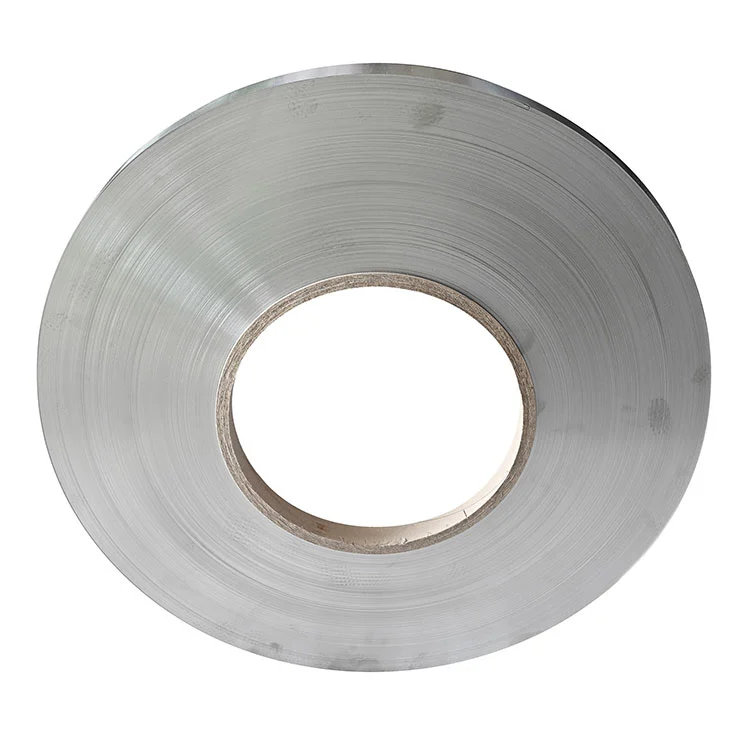Manufacturing technology of stainless steel strip
2025-04-23
The manufacturing technology of stainless steel strip involves several precise processes to ensure the material meets high standards of strength, corrosion resistance, and surface finish. Stainless steel strips are widely used in industries such as construction, automotive, electronics, and kitchenware.
Here is a step-by-step overview of how stainless steel strips are manufactured:
1. Melting and Casting
- Raw materials such as iron ore, chromium, nickel, and molybdenum are melted in an electric arc furnace.
- The molten metal is refined to achieve the desired stainless steel grade.
- The liquid steel is then poured into a continuous casting machine to form slabs.
2. Hot Rolling
- The cast slabs are heated to high temperatures (around 1100°C) in a reheating furnace.
- These slabs are passed through a hot rolling mill, reducing them to a desired thickness and forming hot rolled coils.
- After hot rolling, the strip surface may appear rough and needs further processing.

3. Pickling
- Hot rolled coils are passed through an acid solution (typically a mixture of nitric and hydrofluoric acid) in a pickling line to remove scale and oxide layers.
- This process gives the strip a cleaner and more uniform surface.
4. Cold Rolling
- Pickled coils are rolled at room temperature in cold rolling mills to achieve precise thickness, improved mechanical strength, and a smooth surface finish.
- Cold rolling can reduce the strip thickness to as thin as 0.05 mm depending on the application.
5. Annealing
- After cold rolling, the strip is often annealed in a controlled atmosphere to soften the material, remove internal stresses, and improve ductility.
- Annealing also helps restore corrosion resistance by re-forming the chromium oxide layer.
6. Pickling (Again, if Needed)
- A second pickling process may be done after annealing to clean the surface from any remaining oxides.
7. Slitting
- The wide stainless steel coil is slit into narrower strips according to customer requirements using slitting machines.
- The edges are also trimmed for smoothness and accuracy.
8. Surface Finishing
- Depending on the application, the strip may undergo surface treatment such as:
- Polishing
- Brushing
- Matte or mirror finishing
9. Inspection and Testing
- Final products are inspected for:
- Thickness accuracy
- Width consistency
- Surface quality
- Mechanical properties (tensile strength, hardness, etc.)
10. Packaging
- The finished stainless steel strips are coiled and packed with protective materials to prevent damage during transport.
Conclusion
The manufacturing of stainless steel strip is a highly controlled and precise process involving hot and cold rolling, chemical treatment, and strict quality control. This ensures the final product has excellent formability, durability, and resistance to corrosion — ideal for both industrial and decorative uses.
Let me know if you want details about specific types of stainless steel (like 304 or 316) or their applications.


